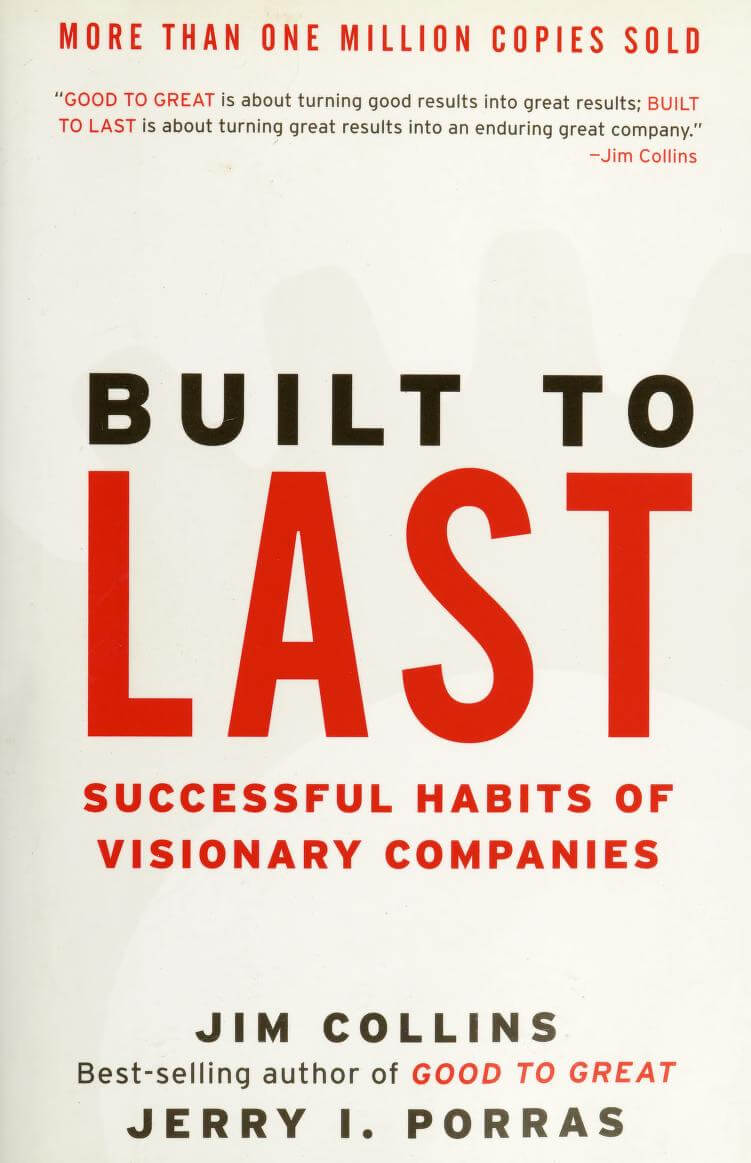026 Built to Last Successful Habits of Visionary Companies
Built to Last Successful Habits of Visionary Companies
Author – Jim Collins and Jerry I. Porras
Date Started – 11 July 2022
Data Finished – 27 July 2022
The Book in 3 Sentences
- 📚 “Built to Last” is a seminal work that decodes the DNA of visionary companies, the elite institutions that have outperformed markets and competitors for decades or even centuries. 👩🔬 Jim Collins and Jerry I. Porras extensively researched 18 ‘visionary’ companies and compared them to a peer in the same industry to unearth what sets them apart. 🌟.
- 🧩 The central idea is that visionary companies are not successful because of a single, charismatic leader, a killer product, or dumb luck. Instead, it’s their ideology, culture, and core principles that help them adapt and succeed over time. 🔄
- 🚀 Visionary companies pursue a core ideology that transcends purely economic considerations, adapting it to changing circumstances without losing their essence. This allows them to focus on “BHAGs” (Big Hairy Audacious Goals) that stretch their capabilities and inspire teams. 🎯 💡 The book dispels common myths about what makes a great company—showing, for example, that great companies can start with no great ideas, but become great by focusing on a rigorous process of idea development, and more. 🛠️
My Top 3 Quotes
- “Greatness is an inherently dynamic process, not an endpoint.”
- “It is better to understand than to be understood.”
- “In a visionary company, you preserve the core and stimulate progress.”
Key Ideas and Arguments
- 🎯 Core Ideology: The company has to have a strong set of beliefs that go beyond making money.
- 🌱 Cult-like Culture: Employees are strongly aligned with the company’s core ideology.
- 📈 Try a Lot of Stuff and Keep What Works: Visionary companies are good at experimentation.
- 🎖️ Homegrown Management: Leaders come from within the organization.
- 🌟 BHAGs (Big Hairy Audacious Goals): Companies should have very ambitious long-term goals.
Who should read it
Business leaders, managers, entrepreneurs, and students of business strategy would benefit most from this book.
Summary + Notes
- Core ideology is sacrosanct; it is what defines the company and should never be compromised.
- Navigation for the long term is more essential than short-term gains.
- Strong culture and internal promotions usually outperform charismatic leadership from outside.
- BHAGs inspire and motivate, but should align with core ideology.

